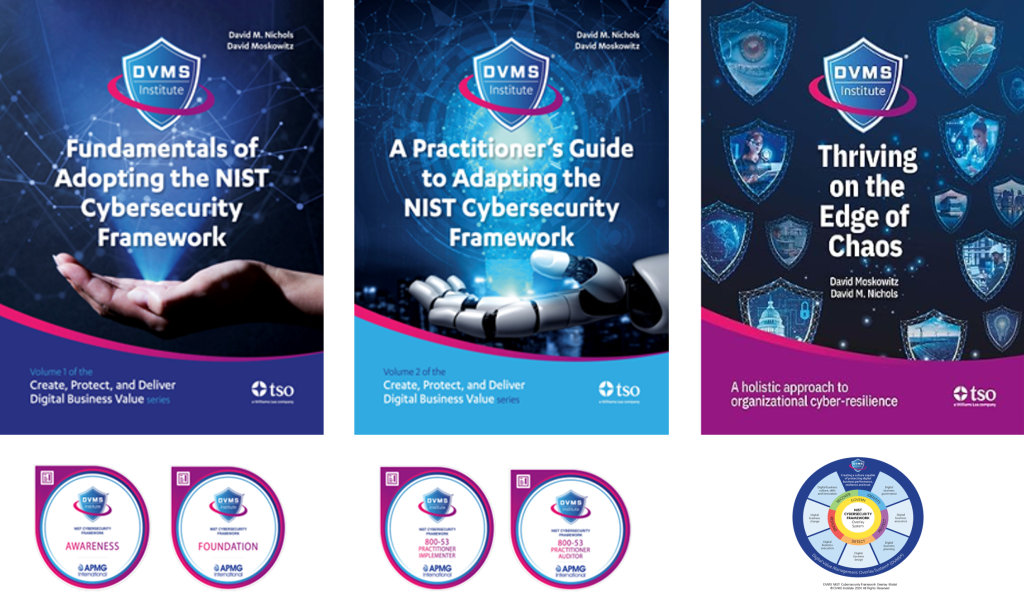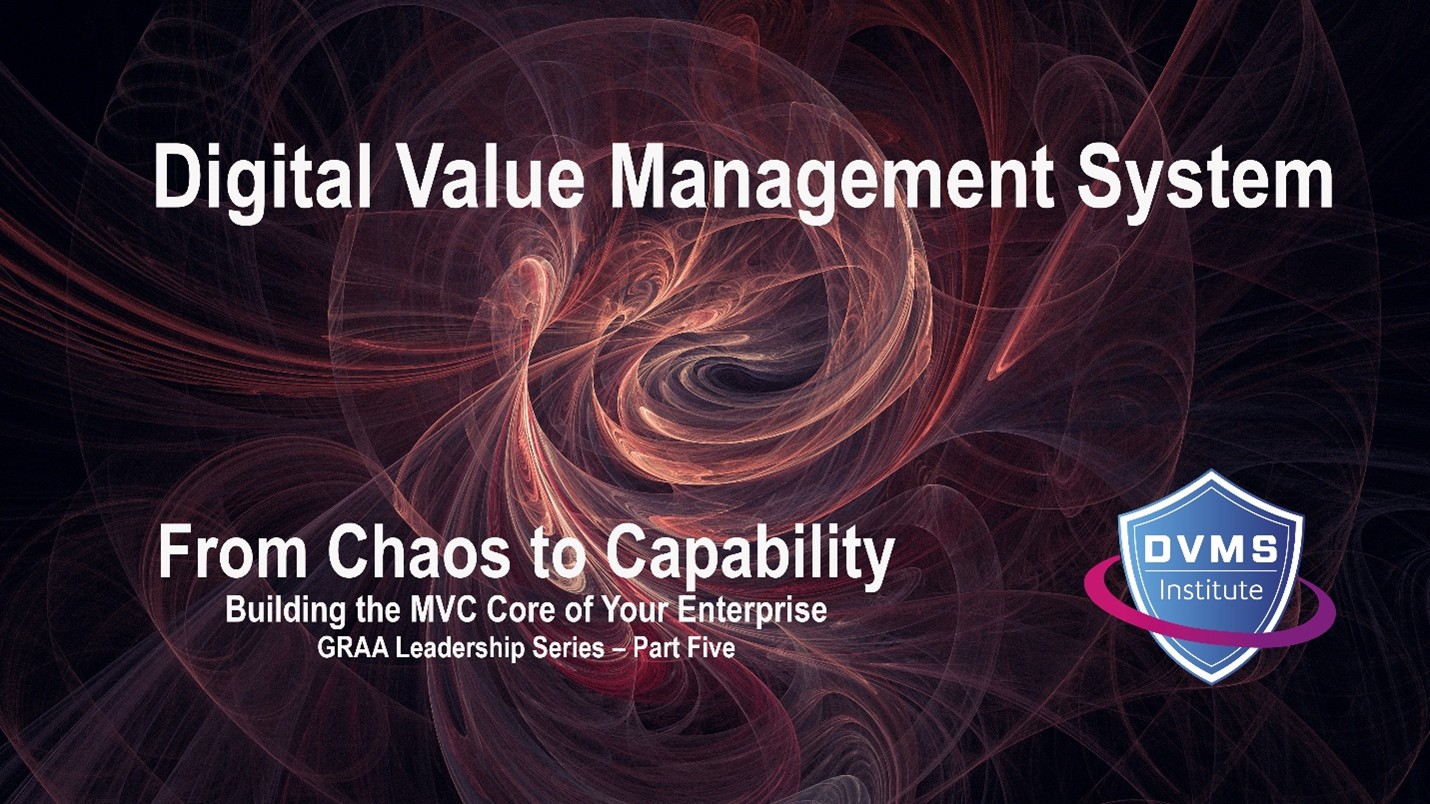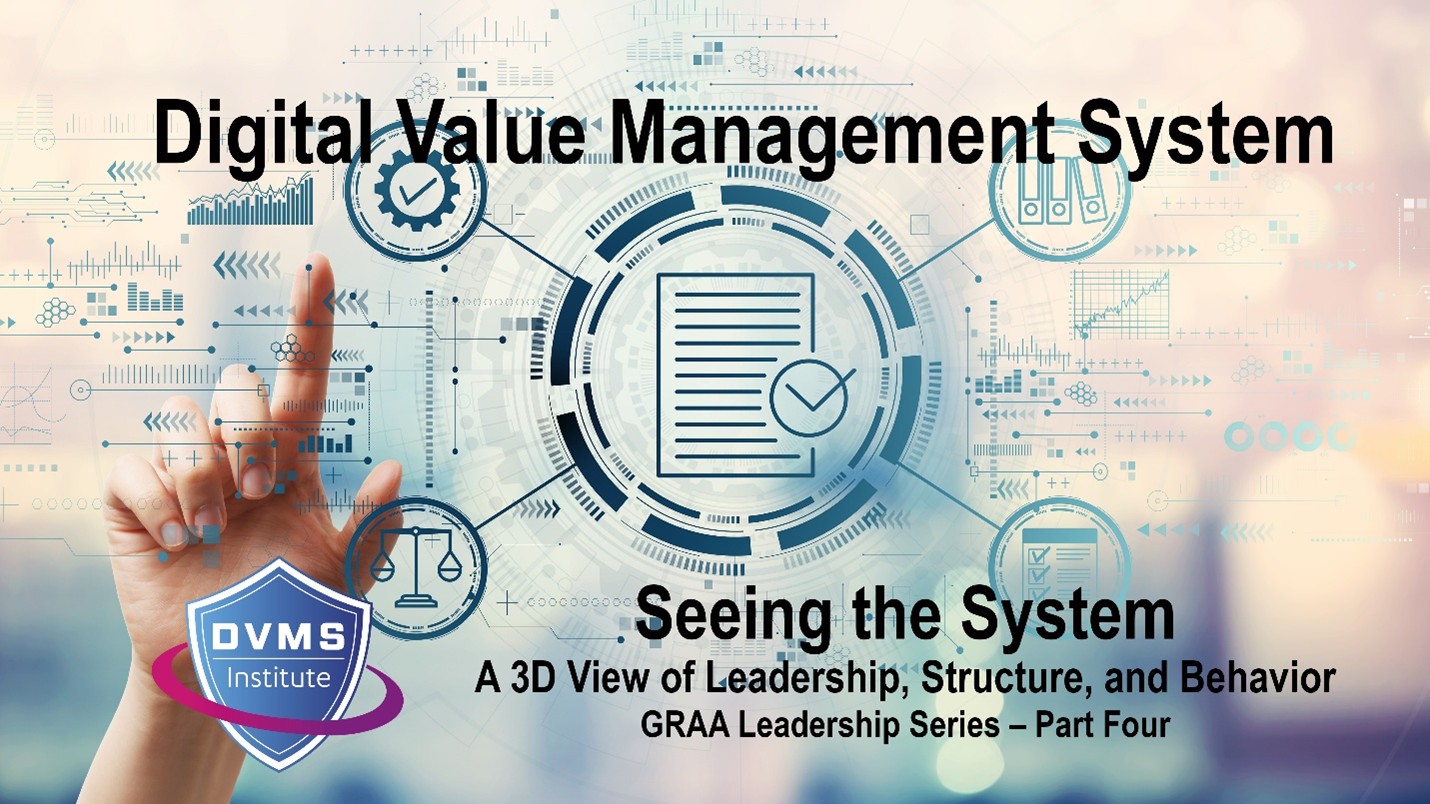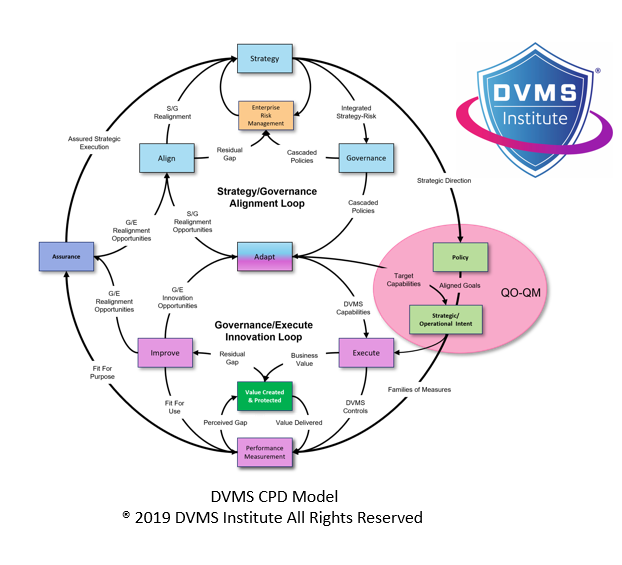What the U.S. Navy Submarine Service Has Taught Us About Enabling Policy-as-Code in a Digital World
David Nichols – Co-Founder and Executive Director of the DVMS Institute
Deep in the ocean, far from public view, an incredible organizational culture exists. The U.S. Navy Submarine Service — often called the Silent Service — operates in one of Earth’s most extreme, high-stakes environments.
For months at a time, small crews live and work inside steel vessels beneath the sea, managing nuclear reactors, tracking adversaries, and carrying out missions that demand absolute precision.
But the true marvel of the submarine force isn’t just its technology — it’s the human system that makes it all work.
Perhaps surprisingly, that system offers valuable lessons for organizations aiming to adopt Policy-as-Code (PaC) to automate controls, minimize human error, and speed up compliance in their digital domain.
The Culture of the Silent Service: A Living System of Resilience
Inside a submarine, resilience is a way of life.
Every sailor, from the captain to the newest crew member, undergoes thorough cross-training. Nuclear technicians learn damage control; sonar operators know how to fight fires; cooks may assist with critical stations during emergencies. This isn’t redundancy just for the sake of it — it’s a carefully designed system of resilience, where the minimum viable capabilities (MVC) of the submarine are preserved no matter what.
Decisions aren’t based solely on hierarchy. While rank is important, expertise holds authority. Junior sailors are encouraged to challenge decisions when safety is at risk — because everyone understands that in the depths, survival depends on adaptive, responsible action at the edge.
There is governance — but it is practiced, not superficial. There is automation — but it is trusted, not blindly followed. And perhaps most importantly, there is culture — a shared identity that unites the crew into something greater than just an organization.
Adaptive Edge and the Power of Frontline Decision-Making
In the digital world, we increasingly discuss adaptive edge models, which are governance approaches that delegate decision-making to where the best information is located — at the edges of the organization.
On submarines, the adaptive advantage is literal. Watchstanders, engineers, and junior officers constantly evaluate, adapt, and escalate issues in real time. There’s no option to “check with corporate” or “wait for headquarters.” The system is designed to trust and empower decentralized, expert action.
The DVMS Institute’s Digital Value Management System® (DVMS) involves the core integration of governance, assurance, and execution. An organization can only be as flexible as its ability to connect strategy and risk tolerance with frontline practices. On a submarine, and with the DVMS, that link is built in through training, cultural expectations, and a clear understanding of roles and responsibilities.
Culture as a Risk Factor — And a Resilience Multiplier
One of the most powerful insights from the DVMS is that culture is itself a measurable risk source.
The Submarine Service truly understands this. Crews depend on a shared sense of purpose, humor, and camaraderie to cope with isolation and stress. Rituals and traditions — from earning the coveted Dolphins insignia to commemorating lost boats like USS Thresher — strengthen identity and collective responsibility.
In the business world, we often overlook this aspect. We invest in tools and processes but neglect the cultural foundation that determines whether those investments will succeed. The DVMS urges organizations to view culture not as mere decoration but as a vital part of their resilience framework.
Measurement and Continuous Feedback
On a submarine, feedback is continuous. Drills, after-action reviews, system tests, and cross-checks form an ongoing feedback loop. Performance isn’t just judged by outputs but also by preparedness, adaptability, and the ability to recover.
The DVMS applies similar discipline to digital enterprises through tools like Goal-Question-Metric (GQM) and Question Outcome–Question Metric (QO-QM). These models ensure that what we measure reflects not just operational outputs but also the outcomes that matter to the organization — including resilience, compliance, and value delivery.
The Payoff: From Automation to True Resilience
Policy-as-Code shows great potential. It enables organizations to automate controls, minimize human error, and speed up compliance. But as the submarine force demonstrates, automation without adaptive governance is fragile.
When organizations combine PaC with the DVMS and its Adaptive Edge approaches, they don’t just improve pipelines or audits — they gain systems that are:
- Governed with accountability and clarity.
- Adaptable at the edge, where real-time decisions matter.
- Resilient because strategy, governance, operations and culture are aligned.
This isn’t just resilience as a buzzword. It’s resilience as a deliberate, measurable, real-world ability — the kind that helps organizations thrive, not just survive, in uncertain times.
Final Thought
The submariners of the Silent Service understand that success depends not only on the power of their technology, but also on the strength of their systems — human and technical, formal and informal.
For leaders navigating today’s complex digital landscape, the lesson is clear: resilience is not just built in servers and software; it’s built in people, culture, governance, and the ability to adapt at the edge.
The future belongs to those who design for it.
About the Author

Dave is the Executive Director of the DVMS Institute.
Dave spent his “formative years” on US Navy submarines. There, he learned complex systems, functioning in high-performance teams, and what it takes to be an exceptional leader. He took those skills into civilian life and built a successful career leading high-performance teams in software development and information service delivery.
In today’s digitally driven economy, cyber disruptions are no longer an “if” but a “when.”
The DVMS Institute’s Certified Training Programs teach organizations the skills to build a Holistic and Culture-Aligned Overlay System capable of coordinating Adaptive, Cyber Operations Governance, Resilience, and Assurance across a Complex Digital Ecosystem.
Achieving true cyber resilience across a complex digital ecosystem requires seamless alignment between organizational Strategy, Governance, and Operations, underpinned by a culture dedicated to sustaining and continuously innovating organizational digital value.

The DVMS positions cyber resilience as a strategic, enterprise-wide capability powered by the Institute’s CPD, Z-X, and 3D Knowledge models.
This systems-based approach to cyber operational resilience demands active engagement from all members of the Digital Ecosystem, with each member playing a distinct role in proactively identifying and mitigating the systemic risks that threaten digital business operations.
This forward-looking approach to adaptive Governance, Resilience, and Assurance (GRA) positions businesses to:
- Maintain Operational Stability Amidst Constant Digital Disruption
- Drive Agility and Trust Across Your Digital Ecosystem
- Satisfy Critical Regulatory and Certification Requirements
- Leverage Cyber Resilience as a Competitive Advantage
DVMS Explainer Videos
- Architecture Video: David Moskowitz explains the DVMS System
- Case Study Video: Dr. Joseph Baugh Shares His DVMS Story.
- Overlay Model – What is an Overlay Model
- ZX Model – The MVC’s that power operational resilience
- CPD Model – Adaptable governance and assurance
- 3D Knowledge Model – Enabling holistic organizational learning
- FastTrack Model – A phased approach to cyber resilience
Digital Value Management System® is a registered trademark of the DVMS Institute LLC.
® DVMS Institute 2025 All Rights Reserved




